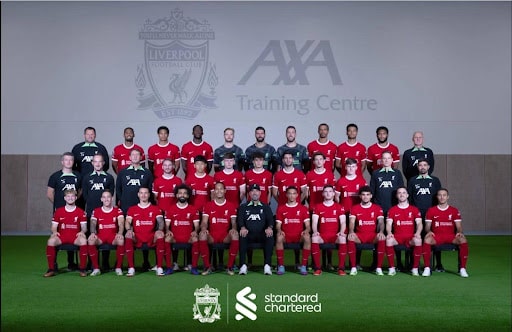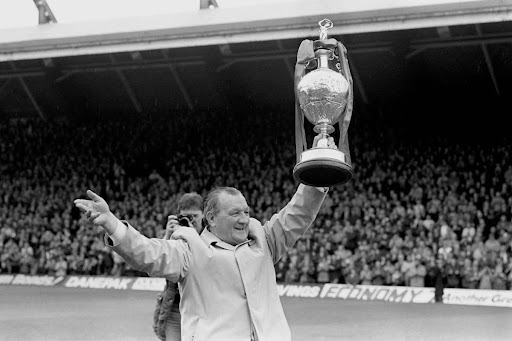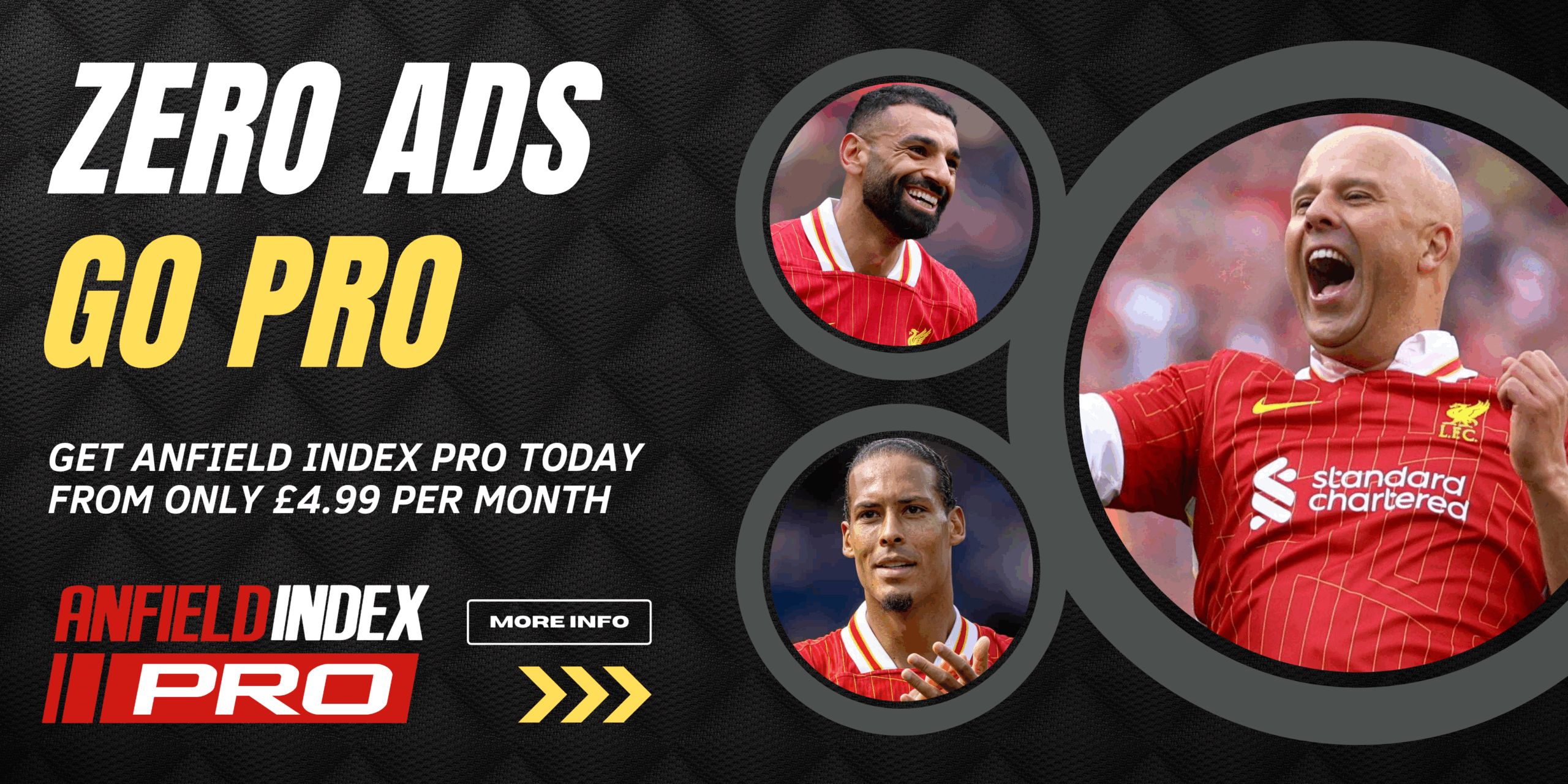Liverpool’s dominance in the 1970s and 1980s was undeniable under the leadership of Bill Shankly in 1959 and Bob Paisley right after in 1974. Shankly rebuilt the club, leading Liverpool to three league titles, an FA Cup, and establishing the iconic “Boot Room” culture that set the foundation for future success. Building on Shankly’s foundation, Paisley ushered in an era of unprecedented success, with multiple league titles and three European Cups. Still, this reign of success wasn’t destined to continue indefinitely. Kenny Dalglish was also able to cement his name as one of the best managers of the club. In his first season as manager, Dalglish led Liverpool to their first-ever double of the FA Cup and League title. However, following the Hillsborough disaster and the increasing pressure on the club’s leadership, Dalglish resigned in February 1991, and with this came a noticeable decline for Liverpool. Close to a year later, the formation of the Premier League further compounded Liverpool’s challenges, ushering in a new era where the club struggled to keep pace.
Managerial and Tactical Instability
Graeme Souness’s time as Liverpool’s manager was marked by major changes and controversy. While he led the club to the FA Cup title in 1992, his time in charge was also characterized by tactical changes and questionable Liverpool player transfers.
When he started his tenure in 1991, he tried to do away with some long-held traditions in hopes of modernizing the club. However, his rapid changes disrupted the “Boot Room” culture, a long-standing pillar of Liverpool’s success, causing friction within the team.
Souness struggled with squad morale, clashing with senior players and bringing in new signings that didn’t live up to expectations. Not only this, his transfer policy was also marked by inflated fees while still failing to improve the squad as intended. Additionally, his infamous interview with The Sun on the Hillsborough disaster anniversary deeply offended Liverpool FC players and fans and damaged his reputation. Overall, Souness’s tenure was marked by instability, as his managerial decisions and off-field controversies contributed to Liverpool’s decline during the early 1990s.
Transfer Market Failures and Key Player Departure
Liverpool FC transfer problem was huge in the 1990s. The club’s inability to replace key players like Ian Rush, Peter Beardsley, and Mark Lawrenson, among others, from their successful 1980s era resulted in a notable drop in their defense and attacking prowess. Souness’s expensive signings, like those of Mark Wright and Dean Saunders, only complicated the issue as they performed below expectations. The departure of crucial figures like Peter Beardsley and Steve Staunton disrupted the team’s cohesion and quality, weakening their overall performance.
The fallout from the Heysel tragedy and Liverpool’s subsequent 5-year ban from European competitions also played a significant role. The ban not only impacted the club financially but also hindered their ability to attract top talent, further stalling their progress. In contrast, rivals like Manchester United strengthened effectively, building a squad that would dominate English football for years to come.
The Rise of Rivals and Financial Challenges
As Liverpool navigated these challenges and struggled to find stability, they faced the looming threat of Manchester United, a club that was now emerging as a formidable rival under the leadership of Sir Alex Ferguson. In an interview with Betzillion, Derek Rae said: “Being from Aberdeen, I’ve been in the company professionally of our home team’s former manager, Sir Alex Ferguson, many times and can only say he is the kind of person who would have been a success in any area of life, a brilliant person. He was always several steps ahead of most people.”
Under Ferguson, Manchester United dominated the Premier League in the 1990s, winning multiple league titles and building a dynasty. They combined a core of young talents from their academy, like Ryan Giggs and David Beckham, with shrewd signings to become the benchmark for success in English football. Another rising rival was Arsenal, who, under Arsène Wenger, became a major force with a dynamic style of play and strategic transfers. Wenger’s approach to fitness, diet, and tactical awareness helped the club secure a double in 1998, signaling the dawn of a new competitive scene. According to Betzillion, the evolving rivalries also play a crucial role in shaping betting patterns as fans seek to wager on the outcomes of these high-stakes matches.
During this period, Liverpool struggled financially to keep pace. The club was hindered by aging infrastructure, with Anfield falling behind in modern amenities and capacity compared to Old Trafford and Highbury. Additionally, commercial revenues lagged, and the club failed to capitalize on new sponsorship opportunities in the booming Premier League era. These financial challenges limited Liverpool’s ability to compete in the transfer market, preventing them from assembling a squad capable of matching their rivals’ consistency and success.

Conclusion: Lessons Learned and the Road to Recovery
Liverpool’s struggles in the early 1990s forced the club to modernize. The financial challenges, transfer missteps, and rise of formidable rivals highlighted the need for a new approach. For fans keeping up with Liverpool FC news now, it’s clear that the club learned vital lessons during this period, laying the groundwork for a future resurgence. Young talents like Robbie Fowler and Steve McManaman emerged, offering hope and a glimpse into what could be a brighter future.
The lessons learned from this challenging period set the stage for the club’s revival in the late 1990s and early 2000s. Liverpool eventually adapted to the changing football landscape, improving their commercial strategies, investing in youth development, and re-establishing themselves as a major force in English and European football.




